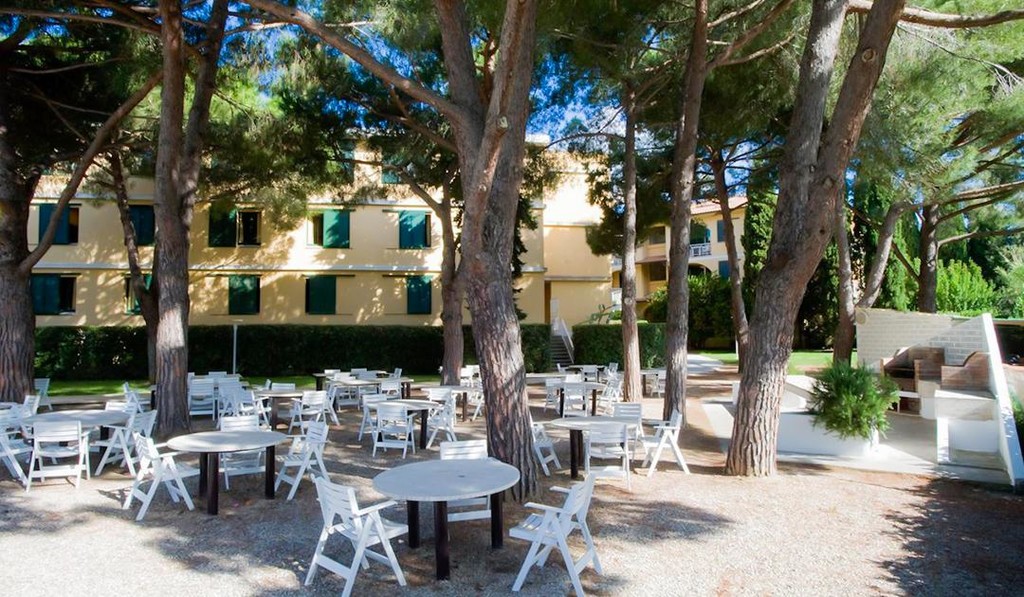

Time-of-flight scanning, also known as LiDAR (Light Direction and Ranging), sends a laser pulse towards the object and generates the point cloud by calculating the length of time the laser takes to be reflected back to the scanner ( Bryan 2006: 165–6). The fixed distance required between laser source and sensor also restricts the size of objects that can be scanned ( Bryan 2006: 165). However, deterioration of accuracy is generated at this higher range ( Jones 2007: 7–8). The operating range can be extended to approximately 25m using a mirror or prism-based system to scan the object rather than an arm-mounted scanner or rotation stage. Triangulation has good accuracy (typically 50μm) but a relatively restricted operating range (c.0.1m–1m). It can be used to calculate XYZ coordinates for the point cloud because there is a fixed, known distance between the laser source and sensor ( Bryan 2006: 164). Triangulation is used for smaller objects. There are two main types of laser scanning: time-of-flight and triangulation. In colour laser scanning the red(R), green(G), and blue(B) wavelengths are measured to give an RGB value as well as an XYZ coordinate ( Hess and Robson 2010: 289). The laser beam is reflected by the object and recorded by a sensor producing data points that construct an object map. This paper examines their use and potential use within conservation, covering three important techniques: 3D laser scanning, polynomial texture mapping (PTM), and innovative applications of CT scanning.ģD laser scanning creates 3D images from ‘point clouds’ mapping objects. These are being exploited in increasingly imaginative ways across the cultural heritage sphere. Use of the imaging techniques to create models for exhibition can also be advantageous however, care must be taken to ensure that such models are used to enhance accessibility to original objects and not to replace them.Ī range of sophisticated imaging techniques has been developed in recent years.

A more established role within conservation, especially for condition assessments, could be worthwhile.

The results indicate that the technologies present some advantages over standard digital photography PTM in particular is found to be an extremely useful, affordable technique. The appropriateness of this role and whether it should be expanded is addressed by analysing advantages and disadvantages of the techniques, their feasibility, and risks caused to object preservation and accessibility. Case studies are explored to investigate their current role in cultural heritage. In such cases, it is necessary to continue to use the technique to monitor object condition.ģD laser scanning, PTM, and CT scanning are investigated. Study of their effects on objects is crucial because their employment is becoming irreplaceable for example, polynomial texture mapping (PTM) has revealed previously undetectable surface features. This paper explores potential uses of such technologies within conservation and implications of their use on object preservation and accessibility. New imaging techniques are increasingly being used within cultural heritage.


 0 kommentar(er)
0 kommentar(er)
